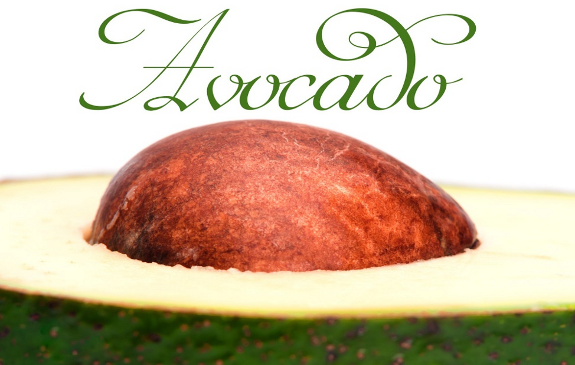Not Eating Avocados Often? Here’s Why You Should

 Often deemed a “perfect food,” the avocado is considered one of the healthiest foods available. Many consider this prolific green fruit, vegetable, and nut combined a superfood. Here is why you should be eating this fabulous food.
Often deemed a “perfect food,” the avocado is considered one of the healthiest foods available. Many consider this prolific green fruit, vegetable, and nut combined a superfood. Here is why you should be eating this fabulous food.
It’s important to understand that a body needs fats, as long as they’re healthy ones. Omega 3 fatty acids are missing in the average western diet, and this missing fatty acid is just one reason for the ‘bad health epidemic’ . It just so happens that avocados are high in omega 3 and omega 6 fats. Avocados are a rich source of wholesome unsaturated beneficial fats with lots of oleic acid, which is good for heart health.
Avocados Come with All the Amino Acids You Get from Animal Protein
The avocado provides all 18 essential amino acids needed by a body to create complete protein. But instead of going through the effort of breaking down complex animal proteins for usable amino acids, avocados offer complete amino acid kits for your body to use according to its needs.
Unlike meats, avocados don’t putrefy in the stomach, and with avocados’ high fiber content, there’s no threat of constipation. Avocados are without the antibiotics and hormones that are injected into the GMO corn/soy meal fed to cattle raised for mass slaughter to fill the meat counters of supermarkets.
Read: Health Benefits of Avocados
Other Nutrients in Avocados
Avocados are bursting with enzymes, phytonutrients, and are rich in minerals, including the usually deficient master mineral magnesium, which is involved in over 300 cellular metabolic functions. They also help the liver manufacture glutathione, the important master antioxidant that replenishes spent antioxidants.
Vitamins A, much of the B complex, K, E, and C are also available in avocados. The nutrient order of importance is enzymes, minerals, and vitamins. Vitamins won’t work without minerals, and neither minerals nor vitamins get into your cells without enzymes.
There are few accessible tasty foods packing as much nutritional value as avocados. Here’s a table of fats, amino acids, minerals, and vitamins – all the nutrients in avocado.
Picking and Preparing
Though it’s normally suggested to buy fruit and vegetables organic due to pesticide exposure, you can get away with non-organic avocados and save some money. They are at the top of EWG’s “Clean 15 List,” which means they aren’t especially toxic. Many of them come from Mexico, where avocado is served commonly in homes and restaurants.
You can tell when avocados are ripe mostly by feel. If you can mush an avocado slightly with a gentle squeeze, it’s ready to eat. However, if you are not using all of them right away, pick some green hard ones and let them ripen at home.
Read: 4 Healthy Secrets of Avocados
Remove the skin by cutting into it just enough to peel it off and preserve the dark green section nearest the skin where a lot of nutrition is concentrated. Sliced for salads is an ideal way of eating avocados easily and often.
There are many recipes for blending avocados and making dressings or sauces, but the party favorite is the big Kahuna for nutrition as well as taste: guacamole! The combination of mashed avocado, olive oil, sea salt, pepper, a little chopped chili, chopped onions, and mashed garlic creates a synergistic super food as well as a tasty treat.
Additional Sources:
